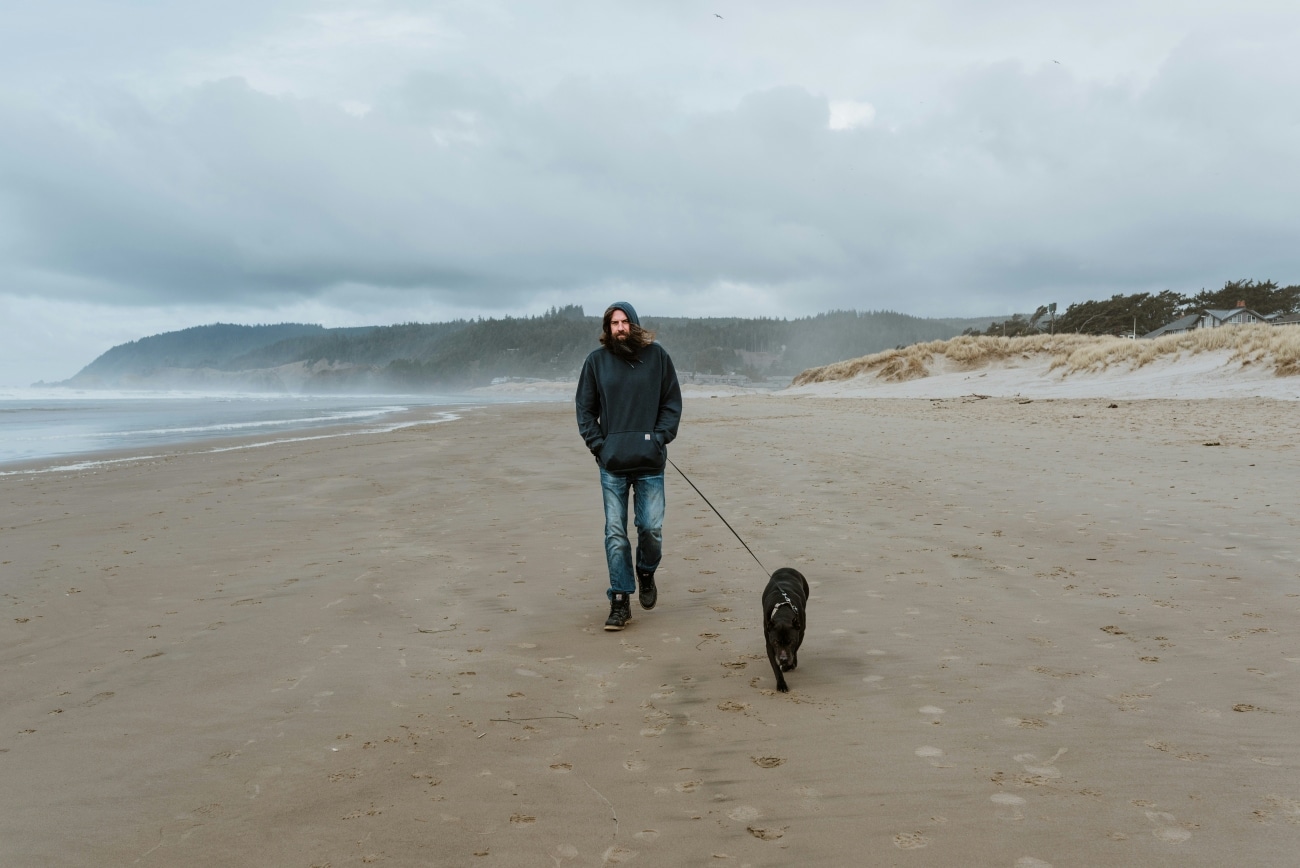What Sustainable Travel Really Means Today
When it comes to exploring the world, doing it with awareness might be one of the most meaningful ways to go. In the context of today’s climate emergency, sustainable travel is no longer a niche idea, it’s becoming second nature for many. But it’s not just about choosing a green destination. It starts much earlier. In the way you plan your route, where you choose to sleep, how you move around, and who you support once you’re there.
Let’s face it, tourism has an impact. Sometimes a heavy one. Polluting transport, overconsumption, overcrowded natural sites. Behind the perfect postcards, some ecosystems are wearing thin. Still, nothing is set in stone. There is another way. Slower, more mindful. And above all, more human.
Ecotourism doesn’t mean giving up the joy of travel. It’s about doing things differently. Staying curious without intruding. Being amazed without causing harm. Connecting, without taking over. It can be done. And often, it brings back more than expected.

Core Principles of Sustainable and Responsible Travel
1. Understand the impact of our travel choices
Before any plans are made—before maps are opened or flights are booked—there’s value in pausing. In asking how each choice, no matter how small, shapes the world being entered. From how one moves through a place to where the nights are spent, every decision plays a role in the bigger picture of sustainable travel.
2. Reducing our carbon footprint
It often starts before arriving. With the way one chooses to move. Planes cover ground fast—but leave a heavy trace. Trains, buses, or shared cars offer something different. Less harm, more rhythm. There’s time to watch the land shift, to feel the distance instead of skipping over it.
Traveling by train, especially, slows things down in a way that feels right. Not just for the planet, but for the traveler too. For ideas worth considering, here’s a look at some of the world’s most memorable train journeys—routes where sustainable travel meets quiet wonder.
3. Supporting local economies
Beyond the sights and photos, a destination lives through its people. Supporting local makers, eating what’s grown nearby, and choosing community-based stays are all ways to give something back. Not charity—just balance.
4. Respecting nature and biodiversity
Nature doesn’t perform on command. But it does respond to how it’s approached. The less noise, the more it shows. The less pressure, the longer it stays.
Avoiding overcrowded places, walking lighter, skipping the attractions that exploit more than they protect—these aren’t rules. Just better habits. The kind that let ecosystems breathe, even while being admired. It’s not about doing less. It’s about doing it differently.
5. Promote ethical tourism
Every place has its codes—unwritten or spoken. Learning them matters. Not just the gestures or greetings, but what they mean. Listening first, asking when unsure, paying attention to pace and tone—these small things shape how one is received.
Responsible travel isn’t just about where money goes. It’s how time is spent. Buying directly. Respecting boundaries. Choosing guides from the community. When it works, there’s no need to force connection. It happens on its own. Quiet, but real.
Practical Sustainable Travel Ideas You Can Apply Anywhere
Sustainable travel doesn’t follow a single route. Sometimes it means days spent helping restore coral reefs. Sometimes it’s nights in a solar-lit lodge, deep in a forest where everything hums a little differently. Other times, it’s nothing more than walking—slowly—through a village where the air smells of wood smoke and morning rain.
It’s not the activity that defines it, but the posture. Diving without damage. Riding through landscapes that still follow the rhythm of seasons. Choosing places, people, and paths that ask for care rather than consumption.
Low-impact travel often moves slower. And because of that, it tends to see more.
Countries Leading the Way in Sustainable Tourism
Some places don’t just speak about sustainability. They build around it. Costa Rica is one of them. Here, eco-tourism is more than a trend—it’s part of how the country sees itself. Sea turtle nesting grounds, jungle paths tangled with life, rivers that still run wild. Nature feels close, but also protected.
In Fiji, conservation meets culture. Villages open their doors to visitors without losing what makes them whole. Coral reefs are visited with care, not conquest. Travelers can take part in marine restoration, or simply observe without taking.
Elsewhere, New Zealand, Norway, and Bhutan each offer different models—ways of hosting that don’t erase what came before. Sustainable travel here isn’t framed as a service. It’s part of the exchange.

How to Choose Truly Sustainable Travel Destinations
1. Explore eco-destinations
Some places protect what they offer. Not for show, but because they know it’s fragile. A national park that enforces limits. A community that’s taken control of its land and waters. These aren’t backdrops—they’re living spaces. And travelers, when welcomed, are expected to tread lightly.
2. Supporting local initiatives
When a place invests in its own future, the traveler can either watch—or take part. Buying from artisans. Sleeping in family-run lodges. Choosing activities that fund education, clean water, or reforestation. The trip becomes part of something ongoing. A link in a chain that started long before and will outlast the visit.
Eco-Friendly Accommodation and Low-Impact Stays
Some places to stay are more than just a bed. Eco-lodges, sustainable guesthouses, hotels that use solar energy or reuse water—all of these reduce impact while offering something richer. A connection to place. A story behind the walls.
True sustainable accommodation doesn’t scream its values—it lives them quietly. Through composting, low-energy design, or food that hasn’t traveled thousands of miles to reach your plate.
Experiencing Local Culture Through Low-Impact Activities

Sustainable travel isn’t only about nature. It’s also about people, their rhythms, their voices. A tour led by someone who calls the region home. A cooking class using family recipes. A handwoven textile purchased from the person who made it.
These aren’t staged encounters. They’re invitations to step into someone else’s everyday and see the world a little differently.
1. Participate in conservation projects
Sometimes the most meaningful moment of a trip isn’t a view—it’s an action. A tree planted. A beach cleared. A nest protected. Many regions offer hands-on ways to support local ecosystems. It’s not about fixing the world in a day. Just showing up, lending a hand, and leaving slightly less of a mark.
2. Choose eco-friendly options
Not every activity needs a ticket or a motor. Walking, biking, snorkeling where the reefs are healthy and respected—these are small ways to explore that don’t ask too much of the land. Fair-trade tourism, too, shifts the focus. It’s not about being served, but about exchange. Honest, slow, and often unforgettable.
How Sustainable Travel Is Evolving in the Years Ahead
Tourism is changing—fast. And with it, new ways of thinking are taking root. Concepts like regenerative tourism go beyond “doing no harm” and aim to leave places better than before. It’s not always easy to define—but the intention is clear.
Technology plays a role too. Electric aircraft are slowly entering the conversation. Smart hotels monitor energy use. Apps help travelers make more conscious choices. Even airlines are rethinking fuel.
Progress is uneven, but it’s moving. And every shift counts.





One Response
Your blog beautifully blends travel with eco-conscious values. It’s inspiring to see sustainability and exploration go hand in hand. A thoughtful and meaningful guide—well done.